#post history
Explore tagged Tumblr posts
Text

something incredibly American about an Allied trooper yelling brand names at Soviets until they recognize him as an ally.
29K notes
·
View notes
Text
1930s news about a trans woman: Well I'll be curfuffled young Corlotta Jhonson has transformed herself from a dandy into a dame and what a Bombshell she's become. And How!
1930s news about trans men: Wanted dead or alive this young lady who started wearing trousers, the tomboy terror known only as The Crust is wanted for snorting the President's personal stash of opium and has slain nearly every senate member in a pistol duel.
73K notes
·
View notes
Text

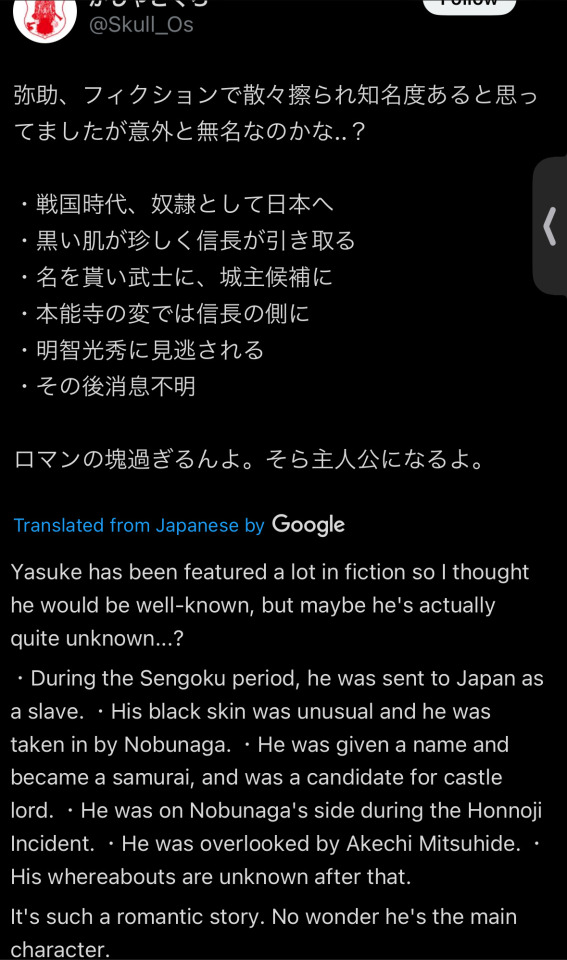
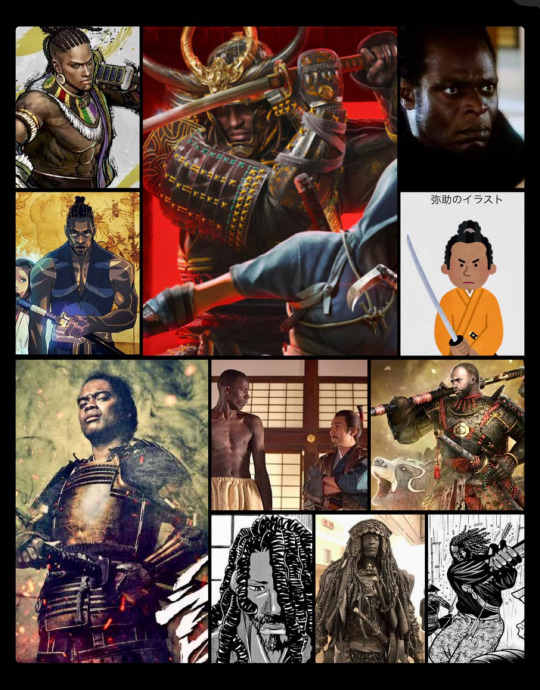
White people are miserable, racist losers period. They’ve even been getting mad at Japanese people for correcting them about Yasuke as well.
#rambling#seen wp go ‘they’re mismembering their history is all-‘#as if they’d know more than the actual Japanese people#comments on ever post about yasuke are full of racist wp arguing with Japanese ppl and telling them that yasuke was a ‘nobody slave’#while Japanese ppl are just like ‘well anyway-‘ on their asses it’s kind of embarrassing#the guy is literally an historical figure bro#how are you mad that everyone from a country that you have such an unhealthy interest in isn’t as racist as you are??? that’s what it’s#giving#I’m sure there are lots of Japanese ppl being racist af too#since antiblackness is global and everyone has a problem with black people simply existing but#they hate us too but 😭#it’s just#expect full blown kkk bullshit as soon as a black character pokes their head out from around the curtain#antiblackness#I see white ppl cry about yasuke every other month man#or at least once a year on Twitter
24K notes
·
View notes
Text
At least once a month I remember that Ozai ruled for ~3 years. That's shorter than one presidential term. That's nothing. In comparison Zuko - who suffered so much cruelty and was made to feel worthless under Ozai - ruled for ALMOST 70 YEARS. That's more than 22 times the length of Ozai's rule - and he will go down in history as one of the most influential and well loved Fire Lords of all time
#i'm almost positive i've made a post about this before because this just kills me#avatar#atla#my posts#zhao made a big stink about being remembered by history then quickly died in obscurity#like ozai!!! he's a foot note in history and so much of his story is linked to zuko and aang's!!!
13K notes
·
View notes
Text

97K notes
·
View notes
Text
Gender Nonconforming Jesus: A look at art history. CW: religion, transphobia, artistic nudity, depictions of open wounds (Long post)
Here’s a link to the original comic: Trans Jesus


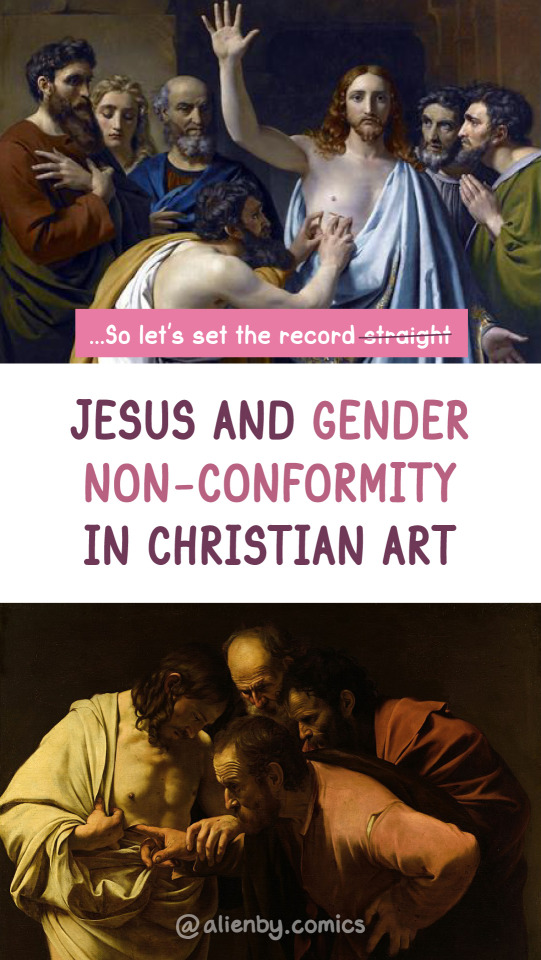

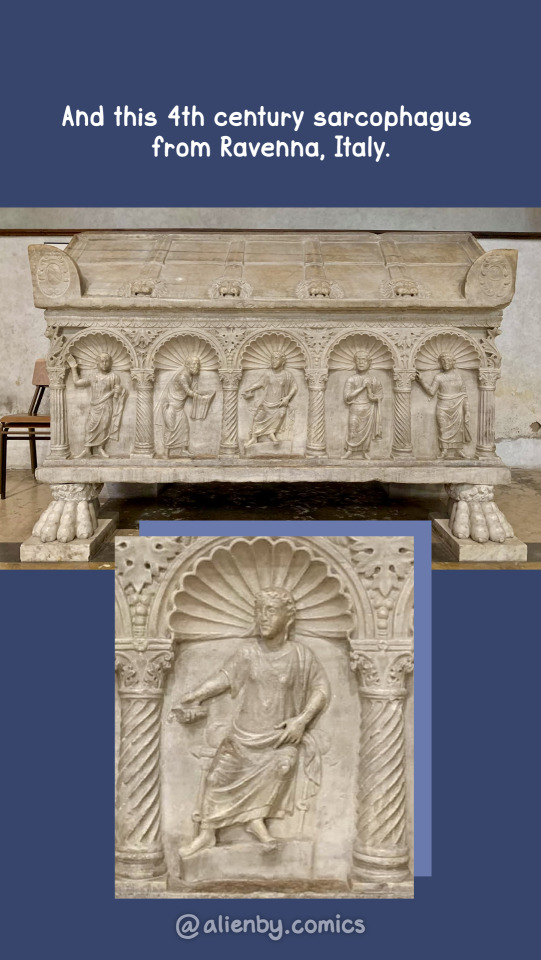


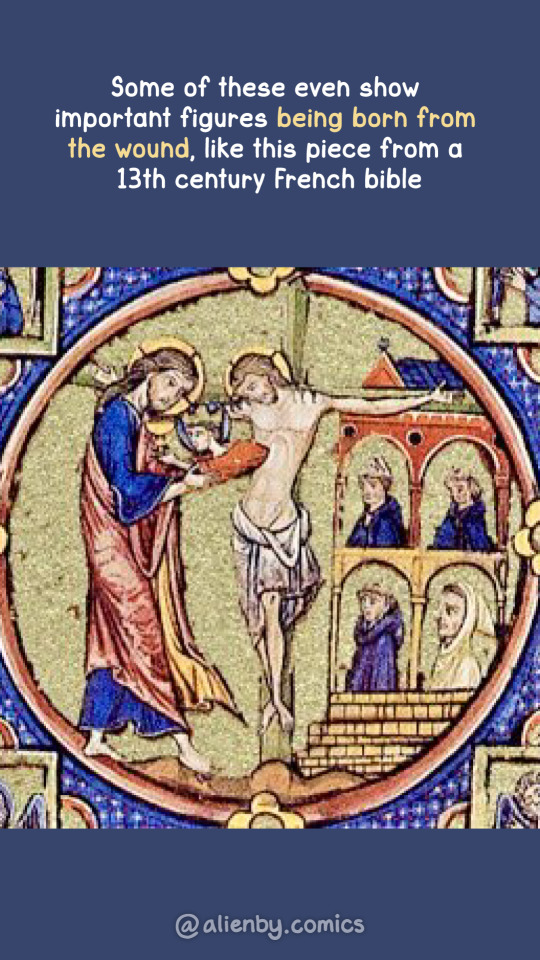

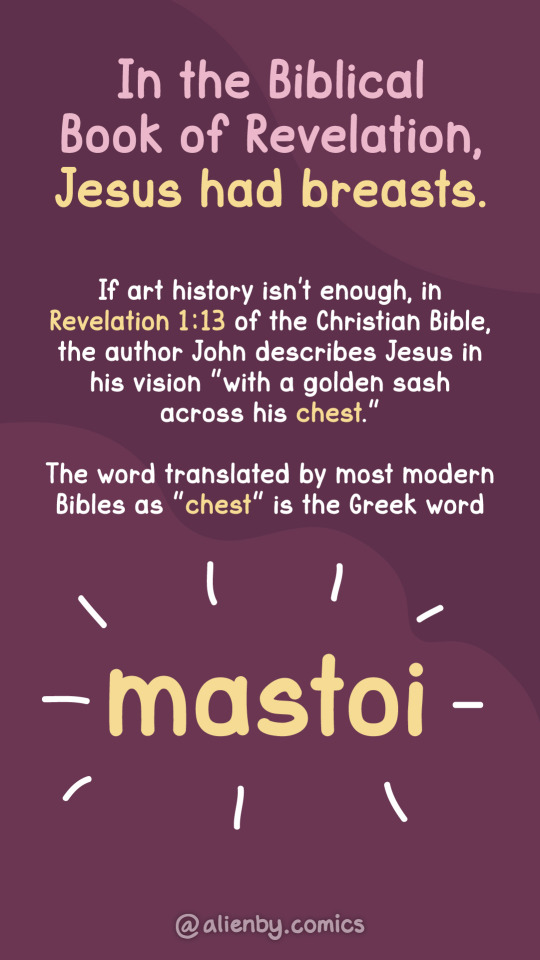
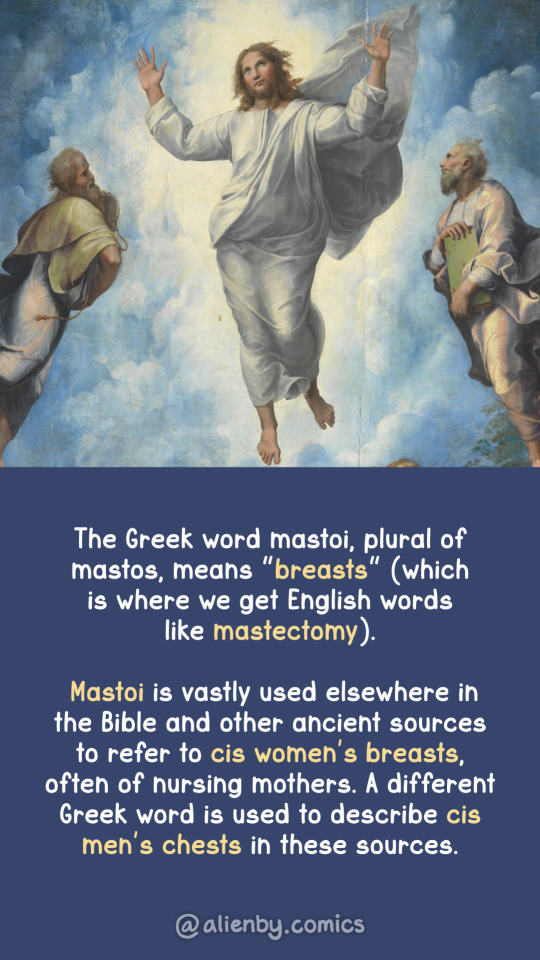
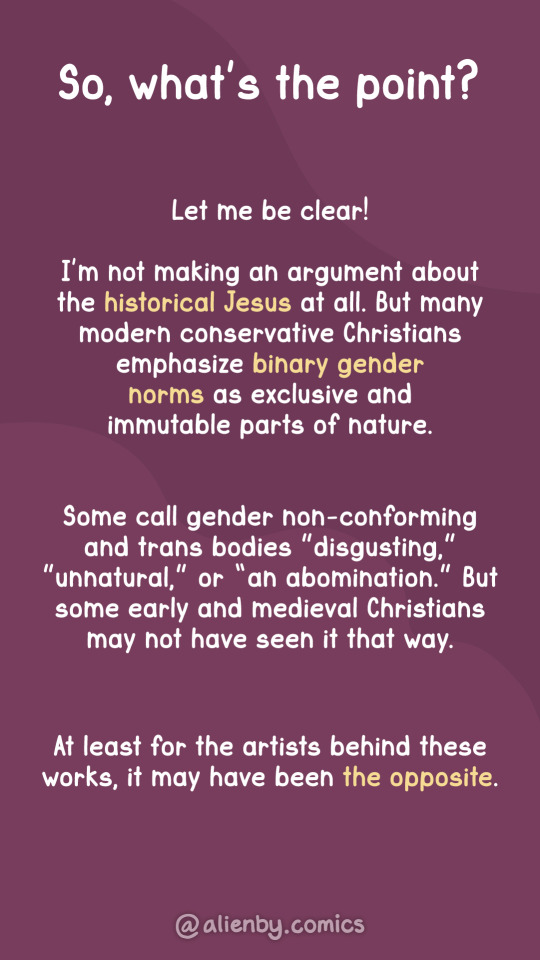
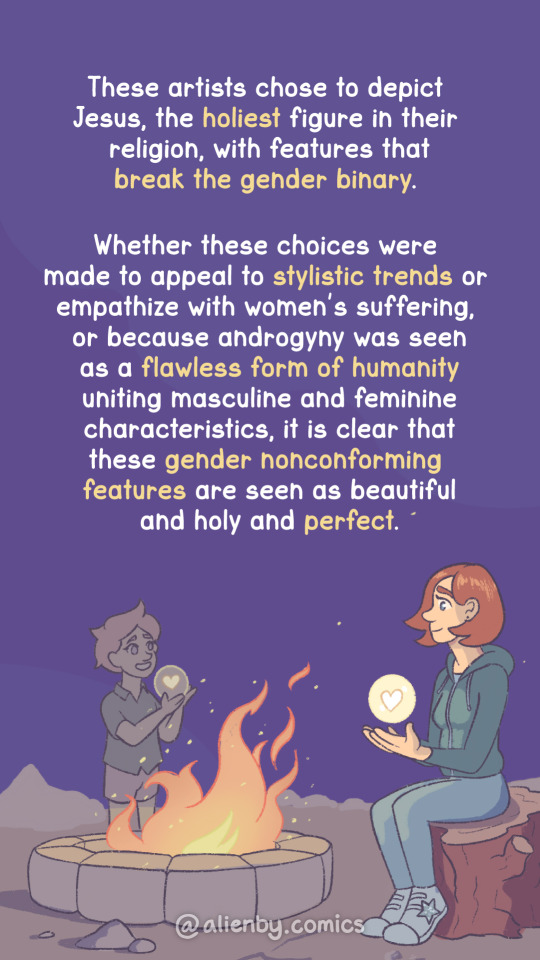

#long post#trans woman#trans man#transgender#cw transphobes#cw wounds#cw religion#exvangelical#ex fundamentalist#ex religious#art history#trans artist#transfem#trans history#lgbtq history#gender nonconforming#cw artistic nudity
23K notes
·
View notes
Text


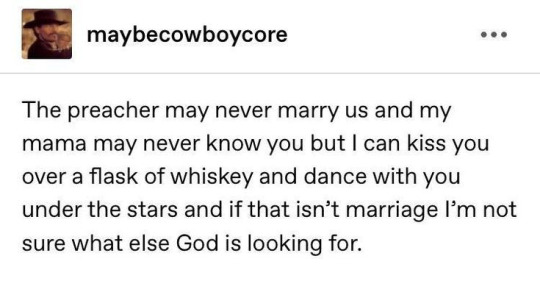
the ghost of one specific homosexual cowboy regularly possesses Tumblr gays
#bringing back these iconic posts because I can never seem to find them or be able to reblog them#cowboy#cowboys#lgbtqia#tumblr history#rust and ruin blogs#gay cowboys#cowboy au#Wild West#westerns#these are some of my favourite things
135K notes
·
View notes
Text

your last light
#artists on tumblr#every now and then i go on instagram for the sole purpose of crossposting art there#i open the page and the first thing i see is#A*I STUDIO#blasted in my face#i try to ignore it#and click the create button#and it asks me if i want to make a new post or#A*I CHARACTER#and i just close the page#born at the worst possible time in history to be an artist#never liked insta anyway but man
9K notes
·
View notes
Text

yeehaw, baby!
#if u know me u knew this was inevitable#kon el#conner kent#tim drake#timkon#im gonna ramble after the boring tags ok#dc comics#fanart#western au#superboy#OK !!!! ITS TIME#so kon. obvs is a cowboy here#definitely a bit of a magnet for trouble but not an outlaw#still not the sort of person the son of the drake family's supposed to be talking to but yk kon's gonna try anyway#on tims end it pretty much follows the same events as the comics bc if it aint broke dont fix it#<- in terms of the whole sneaking out at night to do his own secret detective work thing at least#i have a whole silly story for the rest of it but im not gonna get into it all here lmao#but yeah i love cowboys and actual cowboy history vv much so this probably wont be the last u see of this au ദ്ദി ˉ꒳ˉ )✧#for now this post's rlly just for goofing around with design ideas#my art
12K notes
·
View notes
Text
I was meeting a client at a famous museum’s lounge for lunch (fancy, I know) and had an hour to kill afterwards so I joined the first random docent tour I could find. The woman who took us around was a great-grandmother from the Bronx “back when that was nothing to brag about” and she was doing a talk on alternative mediums within art.
What I thought that meant: telling us about unique sculpture materials and paint mixtures.
What that actually meant: an 84yo woman gingerly holding a beautifully beaded and embroidered dress (apparently from Ukraine and at least 200 years old) and, with tears in her eyes, showing how each individual thread was spun by hand and weaved into place on a cottage floor loom, with bright blue silk embroidery thread and hand-blown beads intricately piercing the work of other labor for days upon days, as the labor of a dozen talented people came together to make something so beautiful for a village girl’s wedding day.
What it also meant: in 1948, a young girl lived in a cramped tenement-like third floor apartment in Manhattan, with a father who had just joined them after not having been allowed to escape through Poland with his pregnant wife nine years earlier. She sits in her father’s lap and watches with wide, quiet eyes as her mother’s deft hands fly across fabric with bright blue silk thread (echoing hands from over a century years earlier). Thread that her mother had salvaged from white embroidery scraps at the tailor’s shop where she worked and spent the last few days carefully dying in the kitchen sink and drying on the roof.
The dress is in the traditional Hungarian fashion and is folded across her mother’s lap: her mother doesn’t had a pattern, but she doesn’t need one to make her daughter’s dress for the fifth grade dance. The dress would end up differing significantly from the pure white, petticoated first communion dresses worn by her daughter’s majority-Catholic classmates, but the young girl would love it all the more for its uniqueness and bright blue thread.
And now, that same young girl (and maybe also the villager from 19th century Ukraine) stands in front of us, trying not to clutch the old fabric too hard as her voice shakes with the emotion of all the love and humanity that is poured into the labor of art. The village girl and the girl in the Bronx were very different people: different centuries, different religions, different ages, and different continents. But the love in the stitches and beads on their dresses was the same. And she tells us that when we look at the labor of art, we don’t just see the work to create that piece - we see the labor of our own creations and the creations of others for us, and the value in something so seemingly frivolous.
But, maybe more importantly, she says that we only admire this piece in a museum because it happened to survive the love of the wearer and those who owned it afterwards, but there have been quite literally billions of small, quiet works of art in billions of small, quiet homes all over the world, for millennia. That your grandmother’s quilt is used as a picnic blanket just as Van Gogh’s works hung in his poor friends’ hallways. That your father’s hand-painted model plane sets are displayed in your parents’ livingroom as Grecian vases are displayed in museums. That your older sister’s engineering drawings in a steady, fine-lined hand are akin to Da Vinci’s scribbles of flying machines.
I don’t think there’s any dramatic conclusions to be drawn from these thoughts - they’ve been echoed by thousands of other people across the centuries. However, if you ever feel bad for spending all of your time sewing, knitting, drawing, building lego sets, or whatever else - especially if you feel like you have to somehow monetize or show off your work online to justify your labor - please know that there’s an 84yo museum docent in the Bronx who would cry simply at the thought of you spending so much effort to quietly create something that’s beautiful to you.
#shut up e#long post#Saturday thoughts#this has been in my drafts for a week haha#also this is the heart of why AI art feels so wrong#forget the discussion of copyright and theft etc - even if models were only trained on public domain they would still feel very wrong#because they’re not art. art is the labor of creation#even commercial art and art commissioned by the popes and kings of history: there is humanity in the labor of it#unrelated: I did not know living in the Bronx was now something to brag about. How the fuck do y’all New Yorkers afford this city???
28K notes
·
View notes
Text
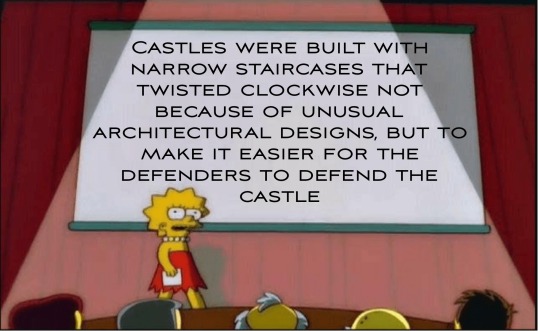
I just learned this fact and I can't help but share it with you!!!
In 13th-century European castles, separate fortresses were rarely built. Instead, one of the towers was significantly larger than the others and served as sleeping quarters for the lord or the king and his family.
Medieval life was full of changes and conflicts. Periods of peace were often interrupted by wars and sieges. To protect the ruler and his family, spiral staircases were built in the towers, winding clockwise. This design made it harder for attackers, as defenders could strike while using the wall as a shield, whereas attackers, especially right-handed ones, faced difficulties.

Additionally, the steps were uneven in height and length, making it easier for defenders, familiar with the layout, to move quickly. Attackers, in heavy armor and unfamiliar with the stairs, risked losing balance. This design significantly complicated sieges, particularly when climbing upward, giving defenders an advantage.
Thus, clockwise spiral staircases were not only convenient but also a crucial part of defensive strategy.
Another fact here
#fan fact#history facts#history#castle#medieval history#Historical Castles#architecture history#thinking aloud#text post
11K notes
·
View notes
Text
a concerning amount of witchblr will be like "um actually new years was stolen by europeans from the ancient god scroobus mcdoobus" and then you actually try to research scroobus mcdoobus and it turns out he was invented in the 1940s by a conspiracy theorist who powdered every meal with ketamine and thinks that queer people are reincarnated fish
#brightts ramblings#BEFORE I GET ATTACKED: THIS IS NOT AN ANTI-WITCH OR ANTI-PAGAN POST#im just literally begging witchblr and paganblr(?) to study history from proper sources#so you don't accidentally end up repeating misinfo or even outright bigoted info without realizing#you are not immune to propaganda!#this post is specifically ab new agey stuff like starseeds#but a lot of other stuff fits into this as well ie 'blessed be'#for further context i am not a witch or pagan myself but i DO study the occult/occult history#religion#spirituality#history
28K notes
·
View notes
Text
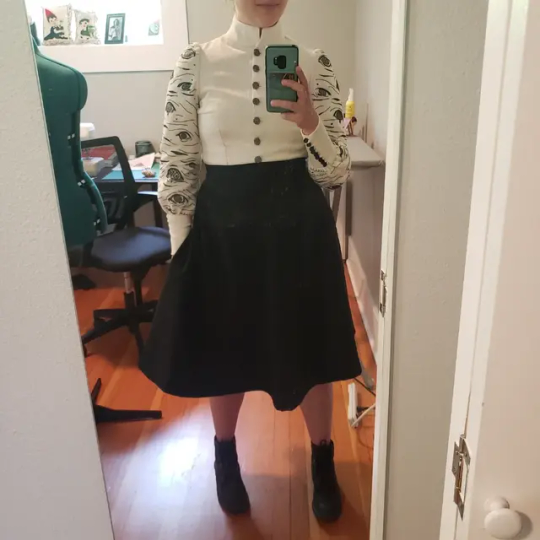
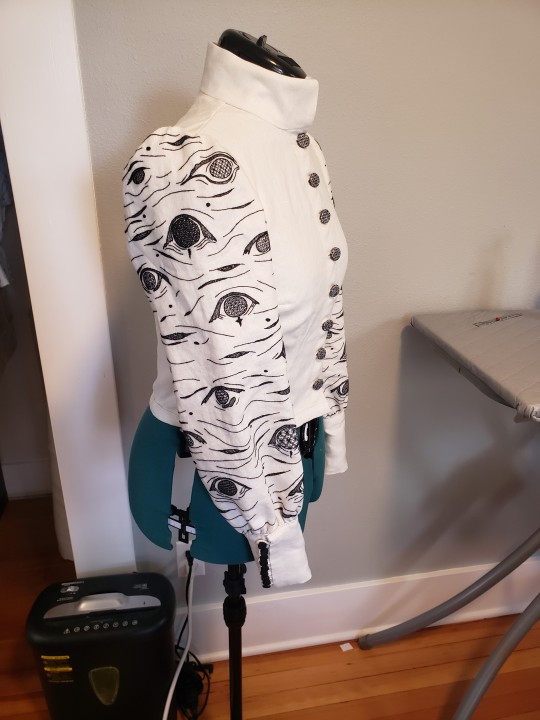
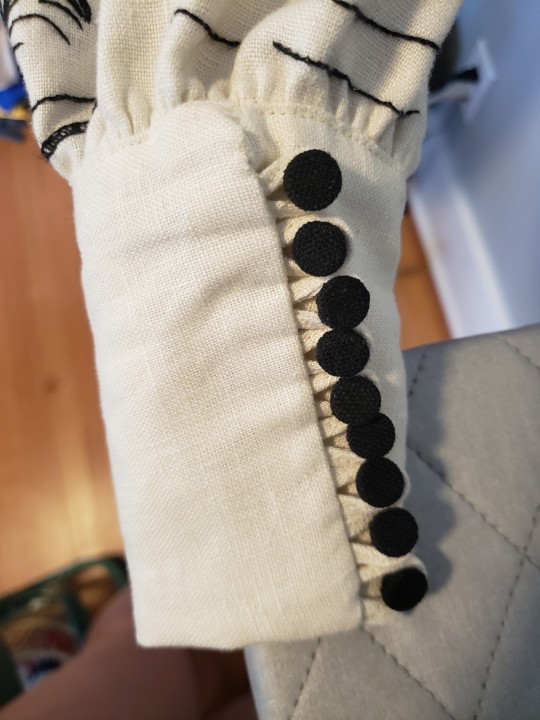
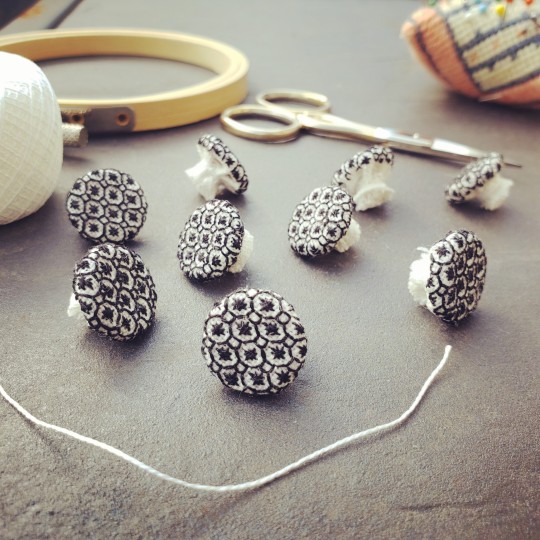
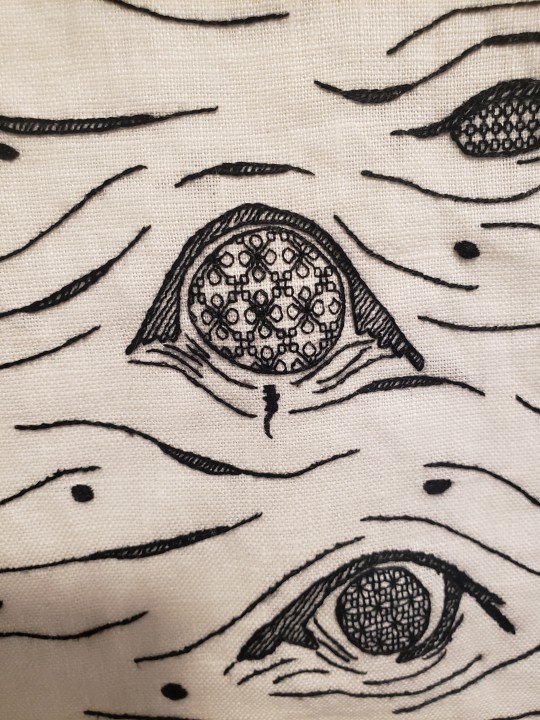
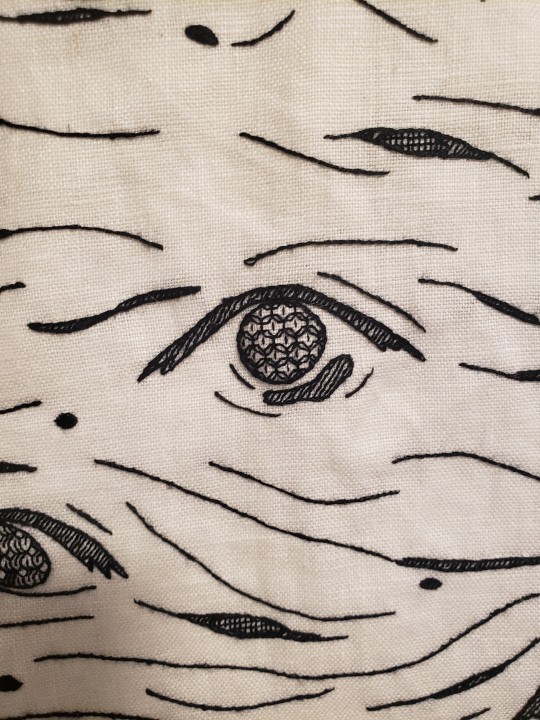
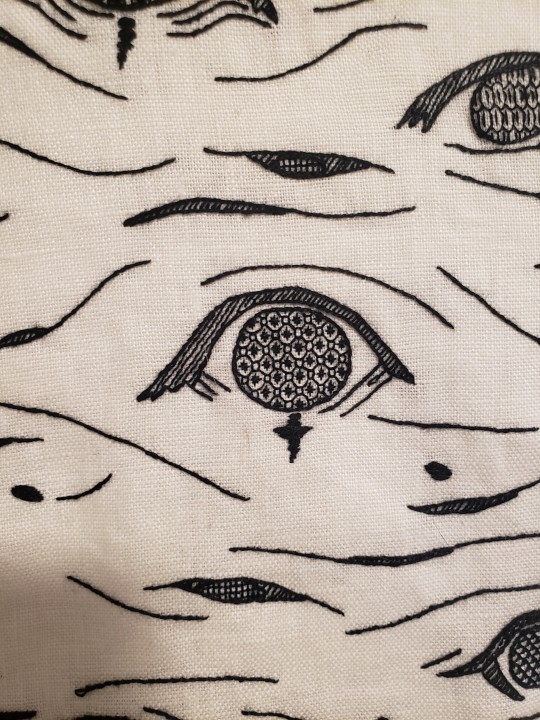

Hand embroidered, self drafted, birch tree inspired buttonup shirt.
#will reblog with process#hand embroidery#embroidery#blackwork#blackwork embroidery#sewing#sewblr#self drafted#history bounding#birch trees#fiber arts#crafting#my post#finished project
12K notes
·
View notes
Text

Hunter S. Thompson wrote this a week after 9/11
6K notes
·
View notes
Text
thinking about the infantiliztation and/or formalization of 19th-century women's clothing to modern audiences
like
our entire reference point for "wearing long skirts and outfits with decoration like lace, embroidery, appliques, etc." is either formalwear or fictional characters in children's media like Disney princesses. women's clothing is just so radically different now- not that those elements don't exist, but they're much less common in everyday clothing than they once were. some form of simple trousers and an equally simple top are de rigeur for everyday attire, and anything else is Fancy
combined with the fact- which is true! -that a lot of what survives to end up in big museums belonged to wealthy people, this ends up in wild assumptions like "basically our entire idea of what the Victorians dressed like is just Rich People Clothes really"
which has led to the eternal cry of "but what did NORMAL people wear?!?!?!" that will not be satisfied with real examples of middle or even working-class everyday clothing because it still looks too "fancy" to modern eyes
not Victorian, but a great example of this is what Abby Cox wore to portray a milliner (hatmaker) in Colonial Williamsburg. a working, middle-class woman:

(ignore the facial expression there)
this is the exact outfit she sported in a video that apparently got responses like "but that's just what rich women wore!" and it is, in fact, everyday attire for a working person. a person who worked in the fashion industry, it's true, but still
I had someone ask me about how to find examples of casual Victorian clothing because they were at their wits' end trying to research it. and I had to tell them that...what they were looking at WAS casual. in the sense of Clothing For Everyday Wear That's Not Especially Formal. there's nothing inherently formal, or exclusive to the wealthy, about a matched bodice-and-skirt dress, instep-length, with some trim. or even a trimmed blouse and skirt. obviously women working the absolute hardest outdoor, physical jobs might have adopted occupational trousers or similar, but we don't all dress like construction or farm workers all the time nowadays. why would they have back then?

Laundresses, probably 1850s or early 60s. Note that I can STILL date the picture based on their outfits and hair, and these are the furthest things from wealthy socialites.

Maid scrubbing steps, probably 1870s or 1880s. Note pleated trim on her skirt and what appears to be a peplum at the back of her bodice.
also, not all working women worked physical jobs any more than we do today. here is a teacher around the turn of the 20th century:
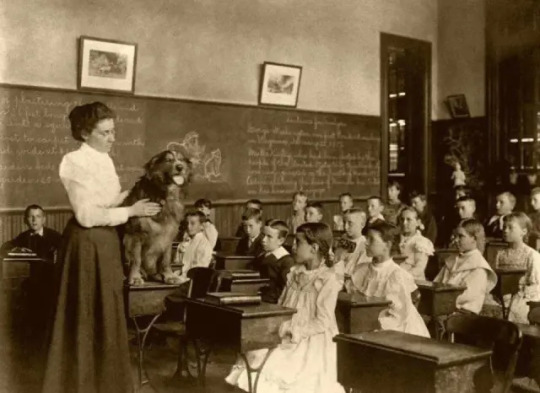
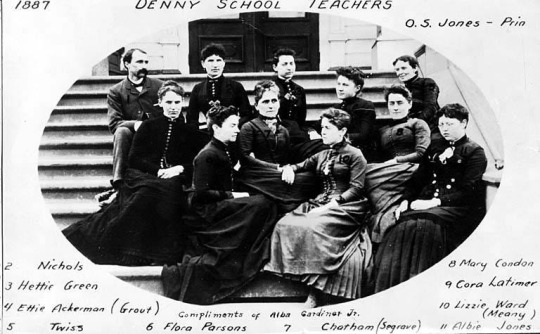
Teachers, 1887

"Breton Seamstresses," 1845, by Jules Trayer
were there differences in quality, type and quantity of trim, fit, etc? obviously. but some people are convinced that the basic outfit format can't POSSIBLY have been something ordinary women wore, because it looks formal and/or princess-y in a modern context
7K notes
·
View notes